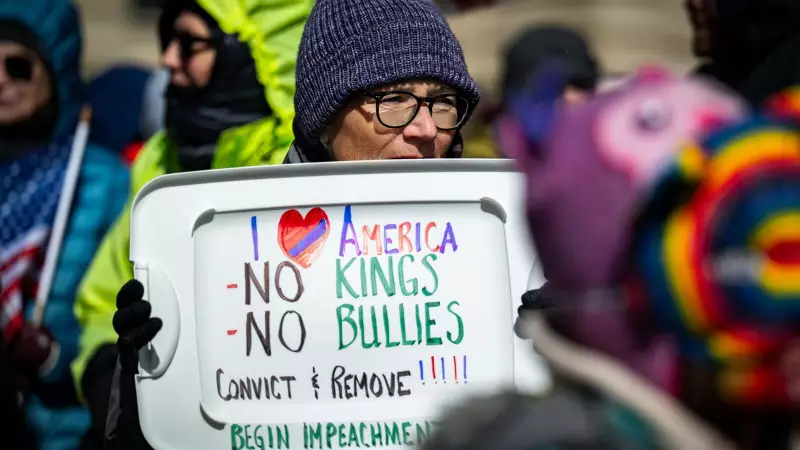
In an extraordinary display of public dissent, approximately 7 million Americans poured into streets across the United States this weekend, staging one of the largest protest movements in recent American history against President Donald Trump and the prolonged government shutdown.
Nationwide Outrage Takes Center Stage
The massive demonstrations, organized under the "Women's March" banner, transformed major cities into seas of protest signs and pink hats as citizens from all walks of life voiced their frustration with the current administration's policies and the ongoing political stalemate that has left hundreds of thousands of federal workers without pay.
Washington DC Ground Zero for Political Unrest
The nation's capital witnessed the most concentrated displays of protest, with the National Mall swelling with crowds stretching as far as the eye could see. Protesters carried creative signs bearing messages like "No Kings in America" and "We the People Demand Better" while chanting slogans that echoed through the marble corridors of power.
Key Protest Hotspots Across America
- Washington DC: The epicenter of demonstrations with estimates exceeding 500,000 participants
- New York City: Manhattan streets flooded with protesters marching toward Trump Tower
- Los Angeles: Massive crowds stretching across downtown thoroughfares
- Chicago: Grant Park filled to capacity with anti-Trump demonstrators
- Seattle, Boston, Atlanta: Significant turnouts reported in major urban centers nationwide
Government Shutdown Fuels Public Anger
The ongoing partial government shutdown, now stretching into its record-breaking duration, has added fuel to the protest movement. Many participants expressed dual frustrations—opposition to Trump's presidency combined with anger over the political impasse that has left approximately 800,000 federal employees without paychecks during what organizers called "a manufactured crisis."
Historical Context and Political Implications
Political analysts note that the scale of these protests rivals some of the largest demonstrations in American history, including the Vietnam War protests and the Civil Rights marches. The timing is particularly significant as it comes during a critical period of political vulnerability for the Trump administration, with the shutdown creating rare bipartisan pressure to reach a resolution.
As the protests continue to dominate news cycles and social media feeds, the White House faces mounting pressure to address both the immediate government funding crisis and the broader concerns being voiced by millions of Americans taking to the streets. The weekend's events have clearly demonstrated that public dissent remains a powerful force in American democracy, setting the stage for what promises to be a contentious period in US politics.





